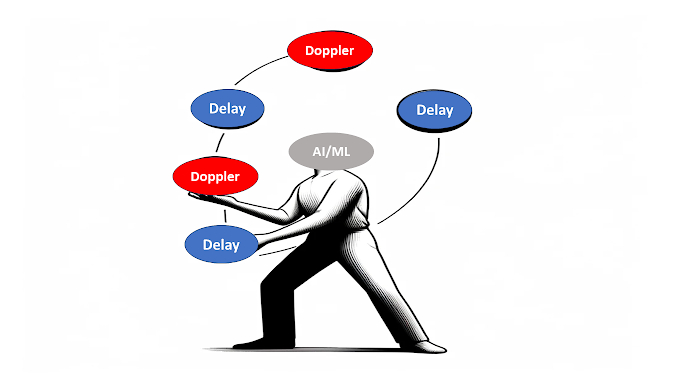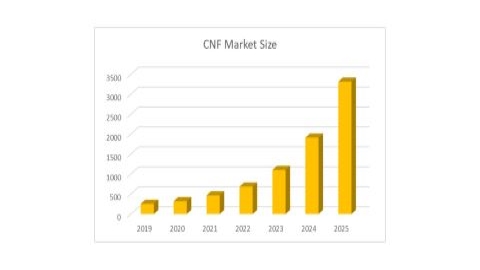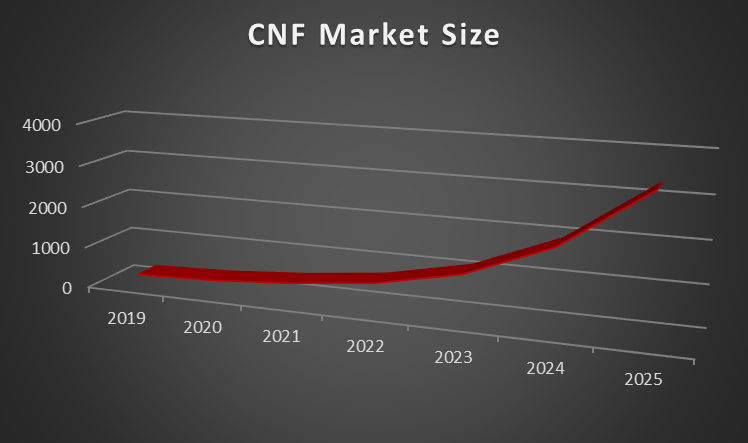The Table, The RAN, The AI and The Serving
What is the singularly pivotal value addition that 5G networks bring to the table? Beyond doubt, it is their ability to become all things for everyone. Welcome aboard traffic optimization – better known as network slicing plus edge computing.
And who serves the traffic optimization in all its flavor? Undoubtedly, AI.
Let us look at network slicing first. To be sure, network slicing is offered to an extent on 4G networks as well. But is the full flavor of the feature that 5G promises to unleash, that is making matters ripe for intervention of AI and ML technologies. Simply put, network slicing puts forth a plethora of difficult decisions that network planners need to confront. These decisions involve the degree to which granularity in slicing should be achieved and how to optimally manage the resultant overheads. This is clearly easier said than done as this decision involves a highly evolved combination of classification and forecasting methodologies. Both these are undoubtedly, the biggest strenghts of AI and ML technologies.
While network slicing is the end-result for the demand to segregate traffic, it is not the only aspect to traffic optimization. The other major pole driving this market is the development of the edge-driven networks. As payload management gets increasingly decentralized, it is leading to a manifold rise in network complexity. In this context again, AI and ML technologies step in to smoothen decision making. Unlike network slicing though, edge computing has received its most significant boost with the advent of 5G networks as the traffic capacity explosion and the demand for latency minimization supplied the business case for the decentralization of networks.
Traffic optimization is the most solid among all the end-applications covered for AI and ML technologies in RAN. It is solid on the most important count of market maturity. The NFV and SDN movement was inspired greatly by the idea of making cellular mobile networks flexible. Network slicing is another name for SDN. 5G network architecture is best suited for cloud-native network functions (CNF), an evolved variant of NFV. Network slicing in 5G networks is the SDN riding on NFV. This is the dream scenario for most forward looking telecom stakeholders, chiefly the telcos. Work on this initiative is on for close to a decade now although is commercial fruition is visible only for the past 24 months.
Another major driver for traffic optimization is the edge computing. Edge computing as an architectural framework is fairly straightforward to execute on a smaller scale. When scaled up however, it requires constant optimization and re-evaluation, something which AI and ML are adept at. On the commercial front, the advent of 5G networks has built the business case for edge computing very emphatically. Here again, the technologies underpinning edge computing can be termed as mature and often occupy the upper reaches of the protocol stack, thereby increasing the addressable market for AI and ML adoption.
|
RELATED BLOGS

AI, RAN and Delay-Doppler – How Cohere does it

Be careful with microservices!


